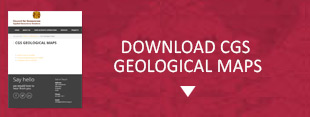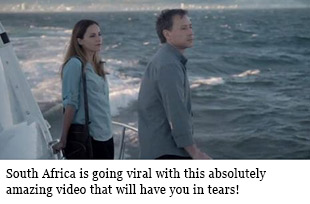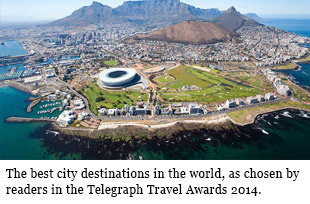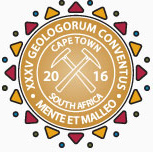
35TH INTERNATIONAL GEOLOGICAL CONGRESS
27 AUGUST - 4 SEPTEMBER 2016 | CAPE TOWN, SOUTH AFRICA
Sponsors
Keystone Sponsor


Diamond Sponsor


Gold Sponsor


Silver Sponsor



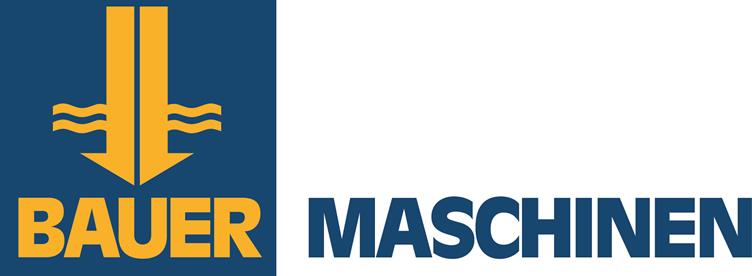




Business Centre Sponsor


Publication Sponsor




Social Function


Plenary Speaker Sponsor


Speaker Gift Sponsor


Post Graduate Fund


Registration


Welcome Drinks


Lunch Time Drinks


Publication &
35 IGC SAGPGF
35 IGC SAGPGF

35 IGC SAGPGF




MY IGC APP


Symposium Sponsor

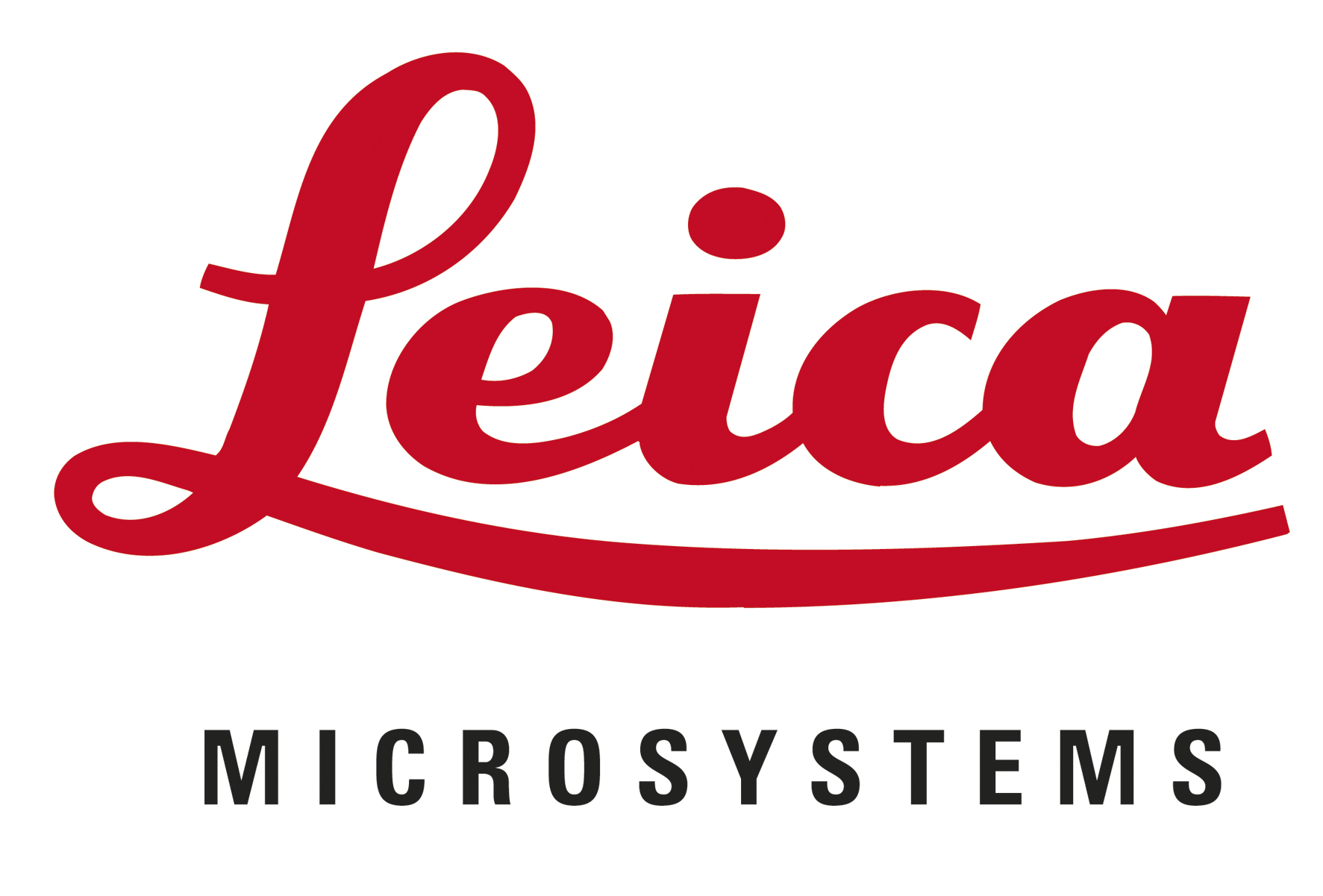


Audit Sponsor


35TH INTERNATIONAL GEOLOGICAL CONGRESS
27 AUGUST - 4 SEPTEMBER 2016 | CAPE TOWN, SOUTH AFRICA
My IGC
Symposium Details
| Title | Description | Convenors |
|---|---|---|
| From the Caspian to the Mediterranean: Environmental change and human response during the Quaternary: IGCP610 | The proposed symposium is an important part of the ongoing IGCP 610 project “From the Caspian to Mediterranean: Environmental Change and Human Response during the Quaternary.” The area under study encompasses the Eurasian intercontinental basins of the Caspian, Black, Marmara, Aegean, and Eastern Mediterranean seas with their connecting straits and coasts. The purpose of the symposium is to bring together scientists from developing and developed countries to coordinate their research and to correlate their obtained results in the exact and historical sciences in order to evaluate the influence of environmental cataclysms on human adaptive strategies in the area under study. This multidisciplinary symposium will be organized along the following dimensions: 1. The geological dimension will examine the sedimentary record of vertical sea-level fluctuations and lateral coastline change. 2. The paleoenvironmental dimension will integrate paleontological, palynological, and sedimentological records to reconstruct paleolandscapes. 3. The archaeological dimension will investigate cultural remains. 4. The paleoanthropological dimension will study responses of different Homo species to environmental change. 5. The mathematical dimension will provide GIS-aided mathematical modeling of climate and sea-level changes, and human dispersal linked to paleoenvironmental variation that can be meaningfully compared with current global changes. 6. The geoinformation dimension will grasp the big picture of geoarchaeological events over the duration of the Quaternary. All dimensions will be addressed through the integration of existing data and the testing of hypotheses, which enables a deeper understanding of the influence of environmental changes on human migration, settlements, and interaction in this region. | Valentina Yanko-Hombach, Tamara Yanina and Olena Smyntyna |
 Field trips
Field trips  Sponsorship & expo
Sponsorship & expo  Registration
Registration Tours
Tours  Promotion
Promotion 














 Conference Programme
Conference Programme  Field trips
Field trips  Sponsorship & expo
Sponsorship & expo  Volunteer
Volunteer  GeoHost
GeoHost  Registration
Registration Tours
Tours  Promotion
Promotion  Publications
Publications


